Thousands of carcasses of pigs, drowned in B.C. floods, won't pollute environment, composting plant says
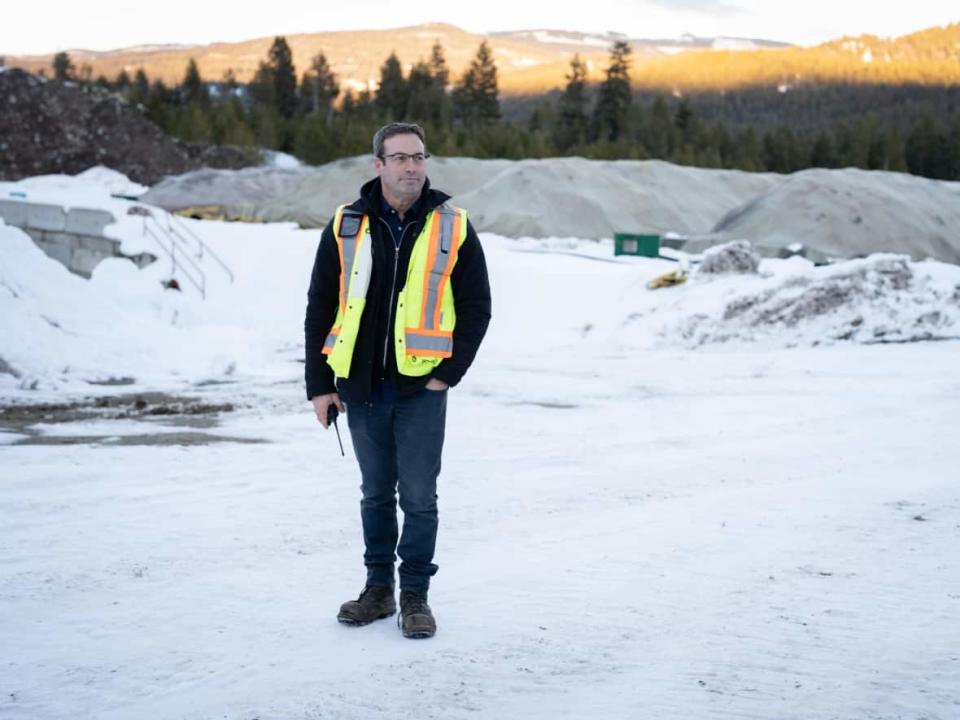
WARNING: This story contains graphic images of piled up pig carcasses
The owner of an industrial composting facility in the B.C. Interior is condemning what he says is misinformation after images of thousands of pig carcasses piled near the Similkameen River appeared in local media.
The pictures were published in the community media outlet Castanet last Tuesday, along with complaints from the Upper Similkameen Indian Band that the decomposing hogs could pose a hazard to the land and water.
But Mateo Ocejo, who runs the Net Zero Waste Eastgate facility located 50 kilometres southwest of Princeton, says the animals do not pose a risk to humans or the environment.
While he admits the images were disturbing, Ocejo says there was no other way to handle the roughly 10,000 pigs, weighing a total of 700 tons, after they drowned in floods in B.C.'s Fraser Valley last November.
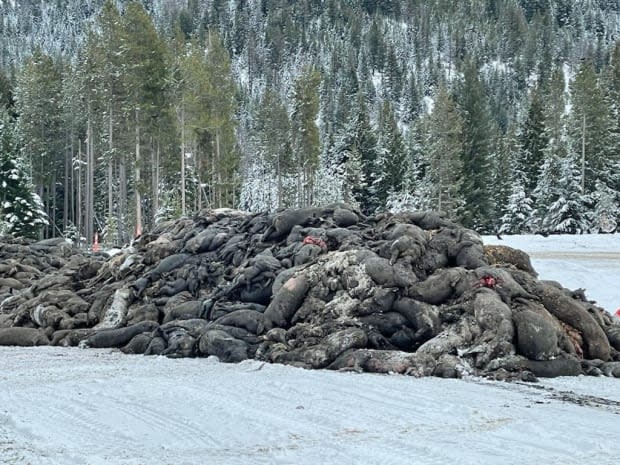
Ocejo, a practising engineer, says he received a call from the Ministry of Agriculture last month to recycle the huge amount of hog carcasses.
"It was a disaster and they were in standing water on the farm, polluting the water," he said.
Ocejo says he was complying with B.C.'s Organic Matter Recycling Regulation to help the carcasses decompose.
"We use Gore-Tex jackets to encapsulate the material and keep it as non-contact to the environment, non-contact to snow or rain," Ocejo said. "It also keeps all of the moisture and the bacteria that's inside the pile recycling within the pile to help the materials break down faster."
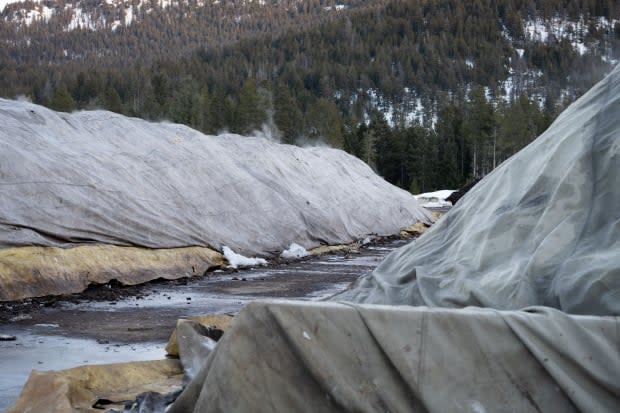
The B.C. Ministry of Environment describes the flooding that ravaged the Lower Mainland and the Interior regions last year — which killed an estimated 650,000 poultry, pigs, cattle and other farm animals — as "unprecedented" in the province's history.
Threats and backlash
Ocejo says he has been dealing with threats and backlash since the images came out last week, and he was upset he wasn't initially given a chance to provide context on what had happened.
"We've had some comments from people that thought we killed the pigs. For some reason, they asked if we were responsible for this and asked how these corpses could go and [spread] disease and … just a lot of misinformation," Ocejo said.
The Castanet story quoted an Upper Similkameen Indian Band official saying the massive amount of biowaste may contaminate the river and groundwater, something Ocejo says isn't true.
The band also sent a letter of complaint to the Town of Princeton on Jan. 11, saying its staff discovered the colossal amount of hog carcasses at the Net Zero Waste facility on Dec.10, and found that leachate and contaminated water were flowing directly from the facility to the Similkameen River's surrounding areas.
"We are concerned that industrial-scale processing of waste, including biosolids and massive numbers of animal carcasses, is occurring without adequate oversight, and with potentially serious ecological and cultural impacts, including threats to our ground and surface water," the letter says.
The Upper Similkameen Indian Band also requested the municipality rescind its support for Net Zero Waste until the facility can demonstrate that it operates in compliance with provincial environmental regulations.
CBC has reached out to the First Nation multiple times for comments but hasn't heard back.
Contamination concern
Princeton Mayor Spencer Coyne says, in the past, his town has received carcasses of chickens killed by avian flu from Fernie and other B.C. Interior communities, but he admits his residents are always concerned that dead animals transported from other regions may pollute the local environment.
"I'm very concerned about the water system and what's going on, and that's the thing we all have on a regular basis whenever any of these things happen," Coyne said.
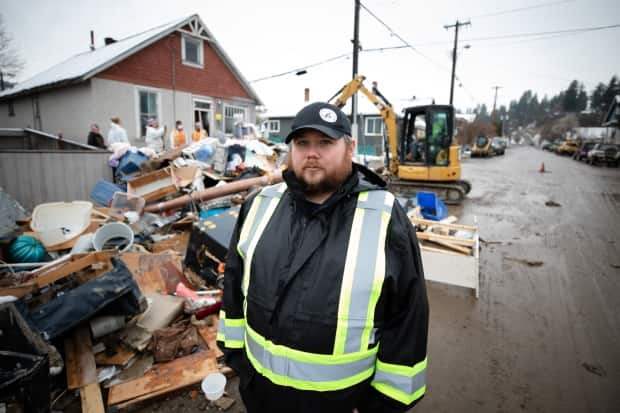
The Ministry of Environment told CBC that its staff visited the Net Zero Waste facility on Dec. 21 to assess whether it was operating in compliance with the Organic Matter Recycling Regulation and the Environmental Management Act, and will publish an inspection report in due course.
"We expect all animals and their remains to be treated respectfully as we continue to respond to the impacts of the flood," the ministry's written statement says.
WATCH | First Nation fears livestock killed in flood pose environmental risk:
Doug Davidson, the operations manager of Vancouver company West Coast Reduction that organized much of the post-flood carcass cleanup, including 2,000 pig carcasses, says more natural disasters may come to B.C. in the future which means an ongoing demand for composting facilities to recycle a massive amount of dead animals.
"This isn't the first disaster and unfortunately it won't be our last," he said.
He says pig and poultry carcasses will be reduced into soil additives, oils and proteins, but cattle carcasses could not be recycled and have already been sent to landfills.
The Net Zero Waste company says it may take a year to recycle all 10,000 pig carcasses.
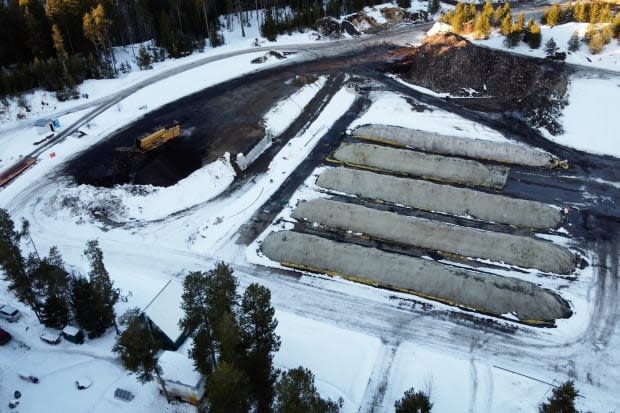

 Yahoo Movies
Yahoo Movies 